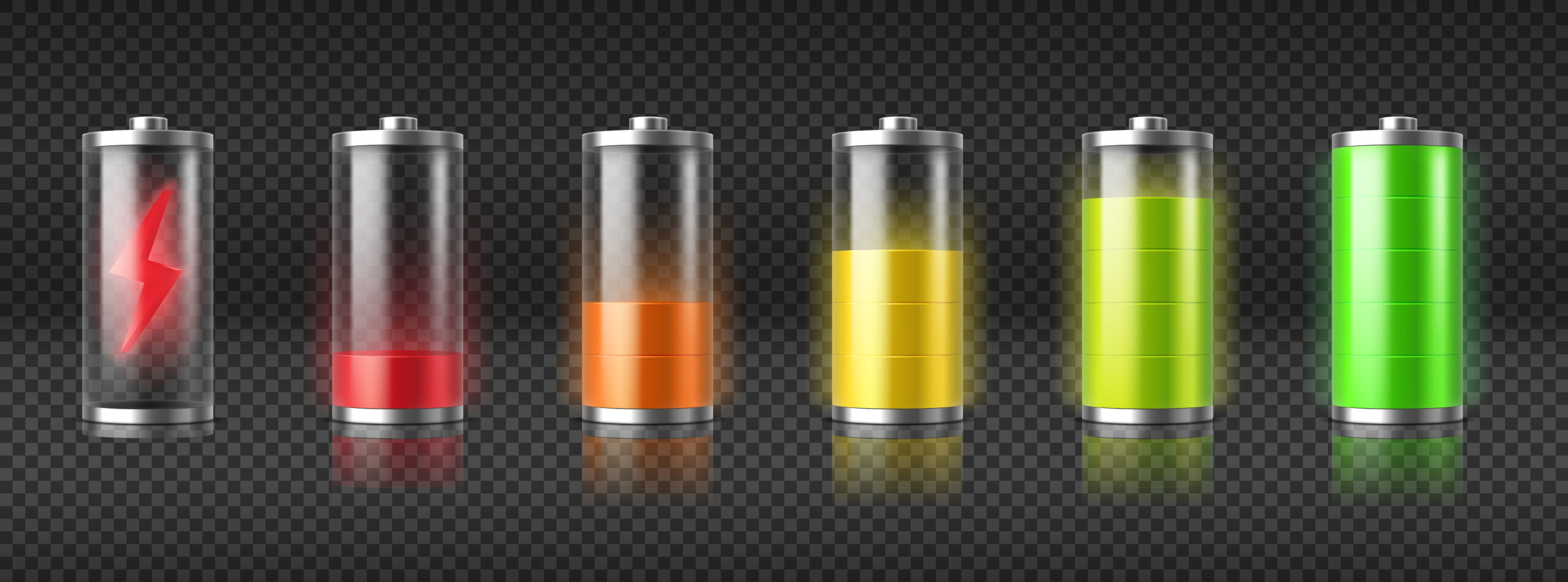Technology
A Complete Overview of Secondary Battery

How long will my battery last?
Should I carry a charger?
Well, everyone gets a lot of questions when it comes to batteries while traveling and if the battery is not fully charged. People are concerned about batteries as it plays an essential role in powering smart devices that the whole world depends on. So, the secondary battery serves as the best solution for you.
Secondary batteries are essential in electronic devices in case of power failure or in those areas where a charging socket is not available. There are a lot of options with various characteristics to choose the right one. Let’s discussed in detail about the secondary battery.
What is a Secondary Battery?
It is a type of electrical battery that reversibly transforms chemical energy into electrical energy. It can be charged or discharged into a load. It can be recharged many times. It is also known as a secondary cell or storage battery as it stored energy in a chemical form.
Types and Applications of Secondary Battery:
There are mainly five types of batteries.
- Lithium Ion (Li-Ion): It is designed for the requirement of high energy density and high discharge current. It is widely used in small digital cameras, laptops, smartphones, and power tools.
- Lithium Polymer (LiPo): It is designed for the requirement of high energy density and low self-discharge rate. It is used in smartphones, laptops, and tablets.
- Nickel-Cadmium (NiCad): It is designed for the requirements of a cheaper rechargeable battery. It is useful for radios, handheld walkie-talkies, medical instruments, and power tools.
- Nickel-Metal Hydride (NiMH): It is designed for high current drain usage. It is used in digital cameras, medical instruments, hybrid vehicles, and wireless telephones.
- Lead-acid: It is designed to store a large quantity of power. It is mostly used in machinery and automobiles.
Which Secondary Battery has Highest Energy Density?
Based on type, every battery work differently compared to each other.
| Description | Li-Ion | LiPo | NiCad | NiMH | Lead-acid |
| Gravimetric Energy Density (Wh/kg) |
110-160 |
100-150 |
45-80 |
60-120 |
30-50 |
| Internal Resistance (m Ω) |
150-250 |
200-300 |
100-200 |
200-300 |
<100 |
| Charging Time | 2-4 h | 2-4 h | 1 h | 2-4 h | 8-16 h |
| Cell Voltage | 3.6 V | 3.6 V | 1.25 V | 1.25 V | 2 V |
| Load Current | >20 C | >20 C | 20 C | 5 C | 5 C |
Primary Vs. Secondary Batteries:
- Primary batteries are comparably small and light in weight with high energy density and high internal resistance. Whereas, secondary batteries are complex and heavier with low internal resistance, thus it has better peak power output.
- Primary batteries cannot be recharged. They must be replaced after use. Whereas, secondary batteries are rechargeable, which reduces the cost of power and produces less waste.
Global Market Size and Valuation:
The global secondary battery market size was USD 98.5 Bn in 2020 and is likely to reach USD 291.6 Bn by 2030, at a CAGR of 11.3% during 2023–2031. This growth is attributed to the rising adoption of smart devices and electric vehicles due to ongoing technological development. Furthermore, increasing industrialization fuels market growth in the coming years.
Some of the major players competing in the secondary battery market include AC Delco, Advanced Battery Technologies Inc., BYD Co. Ltd, Contemporary Amperex Technology Co. Limited, Delphi, Duracell Inc., East Penn Manufacturing, EnerSys, Exide Technologies, GS Yuasa, Johnson Controls, PowerGenix, Rivolt Technologies, and Tesla Inc.
Get a Free Sample Report @ https://growthmarketreports.com/request-sample/3438
Latest Technological Developments:
Wide integration of advanced technologies such as electric vehicles and smart devices among the key innovations, which require batteries. Additionally, the rapid advancements in wireless technology across the globe and its wide adoption have a major positive impact on secondary batteries.
Conclusion:
The secondary battery serves as a major medium as it is rechargeable that are used to power personal digital assistants. It is increasingly adopted in electrical and electronic devices owing to various superior advantages such as versatility in use.




